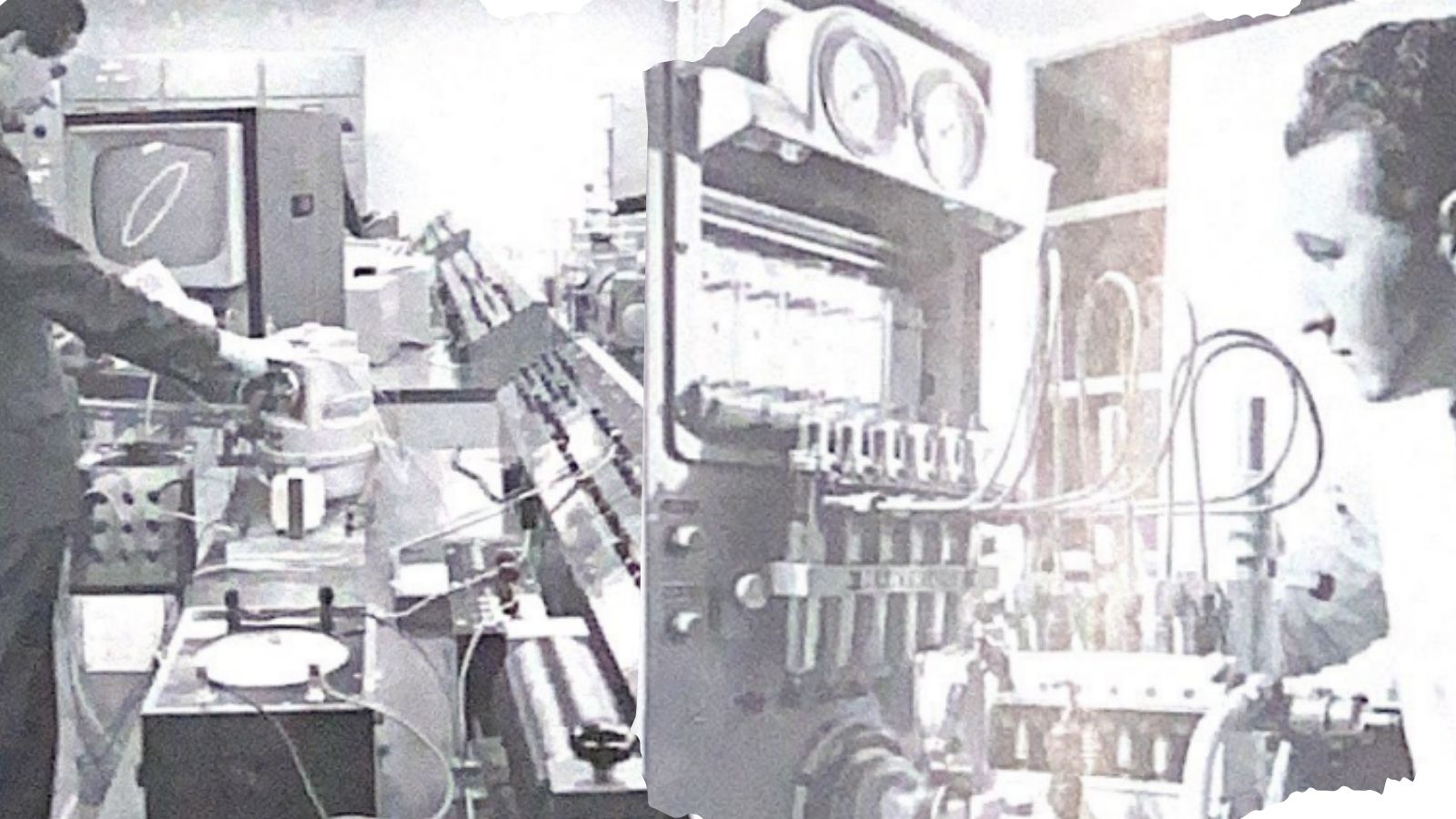
Our historical timeline
How to explore our timeline
Hover over the timeline below and then use the tools to zoom in, search, download, share and expand.

Where you see the pink link icons, simply tap on those to zoom straight to the decade for more information.

1920s
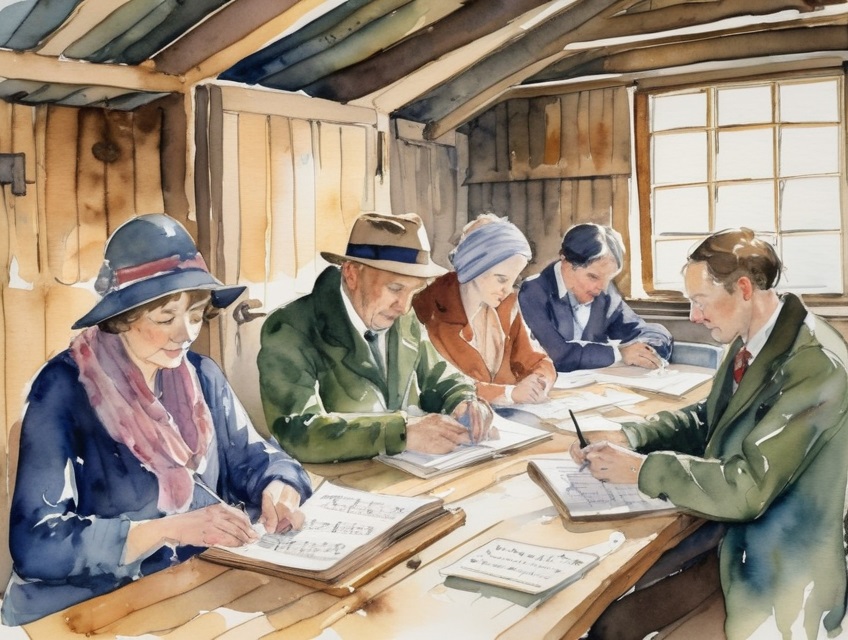
‘Few can recall its humble origins in the “Evening Institute”’
In 1925 Mr J. H. Wakefield (Town Clerk, Borough Treasurer and Education Officer) with responsibility for Education in Bury St Edmunds contacted Norman Frederick Watterson as he wanted to “get some evening classes going here ”. Watterson had recently come from the Industrial Midlands to be appointed Senior Science and Games Master at the West Suffolk County School (on Northgate Street) and supported the authority in setting this up as their technical adviser.
Watterson describing the meeting with Mr Wakefield, saying that “… [Wakefield] was anxious to learn of my previous experience, particularly my knowledge of “Evening classes”. Fortunately I had the experience and was able to suggest how a start could be made. I named a few obvious subjects such as English, Shorthand, Book-keeping, Arithmetic, etc., and it was not long before a start was made by the Authority with myself as technical adviser on its behalf.”
On the 26th September 1925, an advert was placed in the Bury Free Press offering evening classes. There was no Principal and no permanent location. Although, they did not know it, this would be the start of the West Suffolk College.
1930s
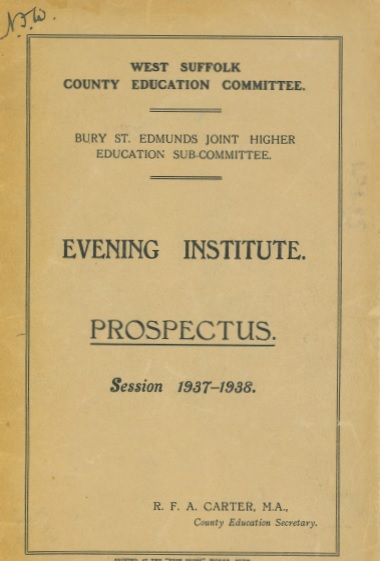
Do not hesitate on account of your age or because you think you may expect the “Class-room” atmosphere all over again. You will find men and women of all ages among us – we just meet as Adults, that’s all!”
In 1935, the organisation is named the Evening Institute with Watterson as its Principal. Watterson: “For the next ten years these and many other evening classes were held in different schools until, in 1935, the Ministry of Education decided it was time to gather these scattered classes under the control of a single Head. In that year I was my Principal of the Evening Institute. This appointment was in addition to my full-time work at the County School.”
The shadow of war is visible in the 1939-40 Evening Institute Prospectus “Everyone will be pleased to know that we are keeping close contact with the O. C. (Officer Commanding) the Depot (the Gibraltar Barracks – now the college’s current location) regarding the Milita and their requirements. We are already assured we can be of some definite help to our new friends in the Borough”. However, morale was kept put with the addition of courses on Folk Dancing and Orchestral Music.
1940s
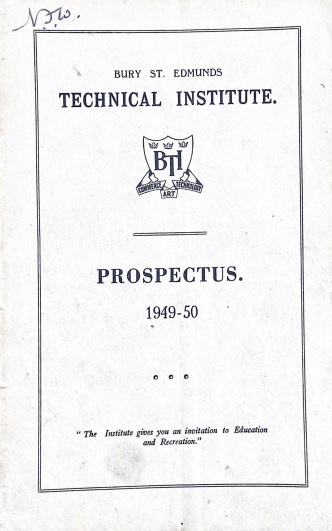
“The Evening Institute gives you an invitation to Education and Recreation”
The Second World War (1939-45) marked a major change for the organisation – Principal Watterson, continued to work at County School full time and was involved in war work.
“I found the double responsibility hard going, especially during the War Years of 1939-45, when I was also asked by the Government to act as a Scientific Adviser to the County A.R.P. (Air Raid Precautions Authority) – in a voluntary capacity. Incidentally, in case of emergency, I had to give A.R.P. work priority if called on by the A.R.P.”
At the end of the war, there was a national shortage of skilled craftsmen and technicians and the demand for Day Release classes (apprenticeships) arose, these classes started in the building industry started under Harvey Frost and Watterson was his technical adviser.
By 1948, the West Suffolk Education Authority asked Watterson to give up working for the County School and become Principal of the newly named Technical Institute – Watterson “I realised there were many difficulties ahead, but there seemed great possibilities here and I accepted the challenge”. This marked the bringing together of the evening and day classes in the same institution. However, lack of rooms or a permanent location hampered their activities as the 1949-50 Prospectus states “Until the new Technical Institute is ready, these [day classes] are run on a modest scale, and in scattered buildings.”
1950s
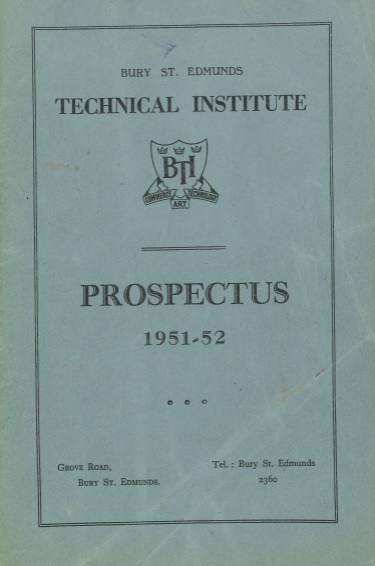
“In every sense of the word, the Institute has now established itself as the Centre of Further Education for the Area.”
The Technical Institute has no permanent home and all classes were held anywhere a room could be found in town, for example – in premises behind the Bury Free Press (for the Day Classes), in the Roundel Club, in huts at Gibraltar Barracks and in a shed behind the Rising Sun pub. In addition, Principal Watterson’s then wife, acted as the secretary.
As the Technical Institute continued to grow in students and courses, the need for accommodation become critical. In 1951, the “Tech” opened a new home in the grounds of the then Silver Jubilee School (now called King Edward VI) and was officially opened by Sir George Gater. The new location did still have its challenges.
Watterson “Unfortunately the premises were designed almost solely to meet the needs of the Building Industry, and the difficulty of trying to adapt them to Engineering and to wider needs can be imagined. The small staff struggled gamely with me and I am grateful to them for the many hours of voluntary overtime which they devoted to “The Tech.” No-one could have been more loyally supported than I was during those years.” In 1951, the Institute appoints its first ever fill time member of staff Mr J. E. Norris .
In March 1955 a full inspection of our work was carried out by the Ministry of Education, which was a positive report, with the feedback that it recommended expansion as soon as possible. With further education becoming a national priority, new plans emerged and building on the present site commenced in 1959.
Watterson the founder and key figure of the organisation retired in 1958 and was succeed by Principal Mr F. J. Phillips, M.A. (Cantab), B.Sc.,(London).
1960s
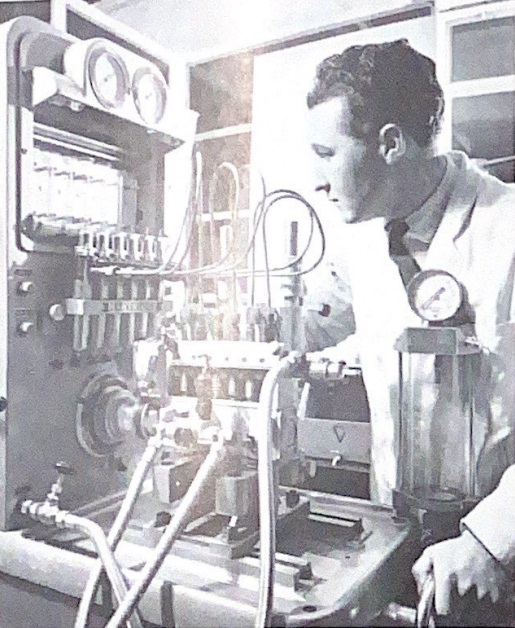
“Now, as the West Suffolk College of Further Education, we move into our new buildings, we are splendidly equipped to cope with the continually rising demand for further education from the engineering and building industries and from commerce.”

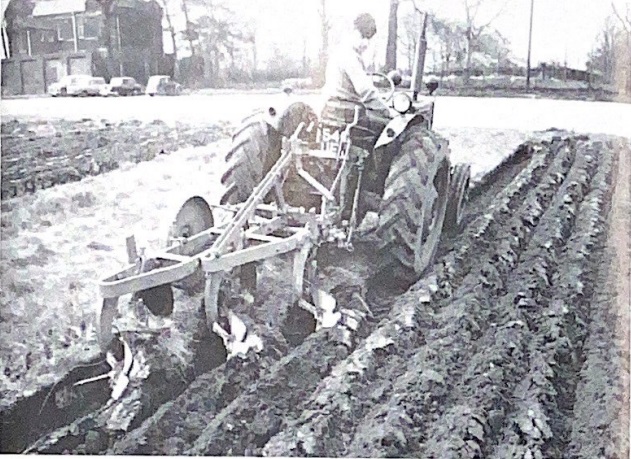
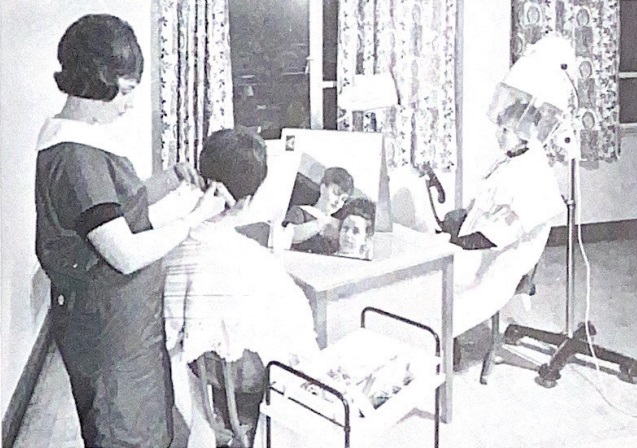
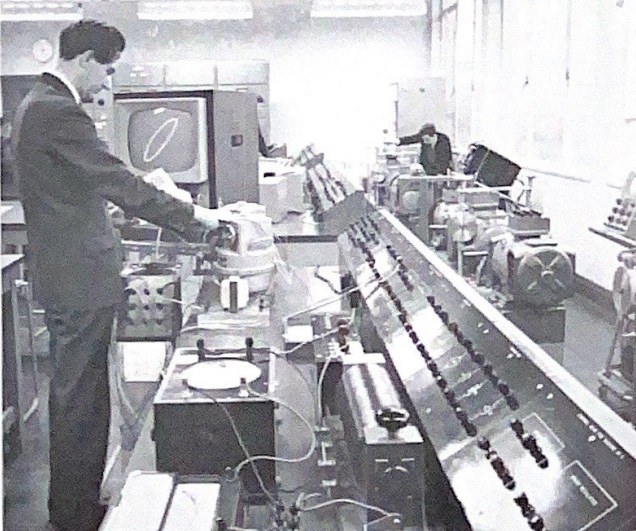
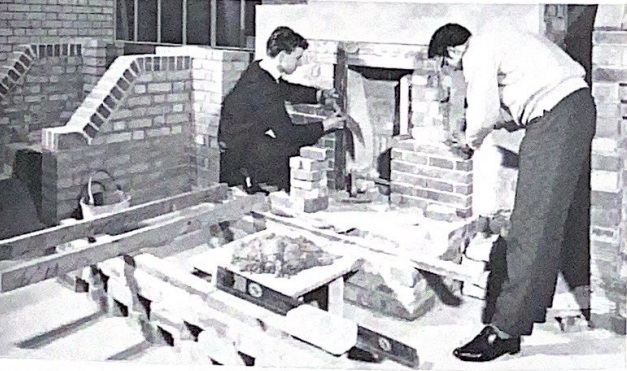
1960 marked a new era – with the renaming of the institute, the West Suffolk College and its new purpose-built location. By the Autumn of 1960 the building on the present site was ready for occupation and was officially opened on 29 May 1961, by the Earl of Stradbroke, her Majesty’s Lieutenant of the County of Suffolk.
However, by 1961 it was becoming apparent that further extensions would be required to cope with rising student numbers. Last year “…saw an unprecedented increase in student numbers and this trend is expected to continue. For this reason, discussions are now taking place concerning considerable extensions to the College.” Indeed, between 1961 and 1965 student numbers doubled to just under 3,000 students Internally, there was a reorganisation of the College, with the addition of a third vocation department, Department of General Studies and new courses such a Business studies and Hairdressing.
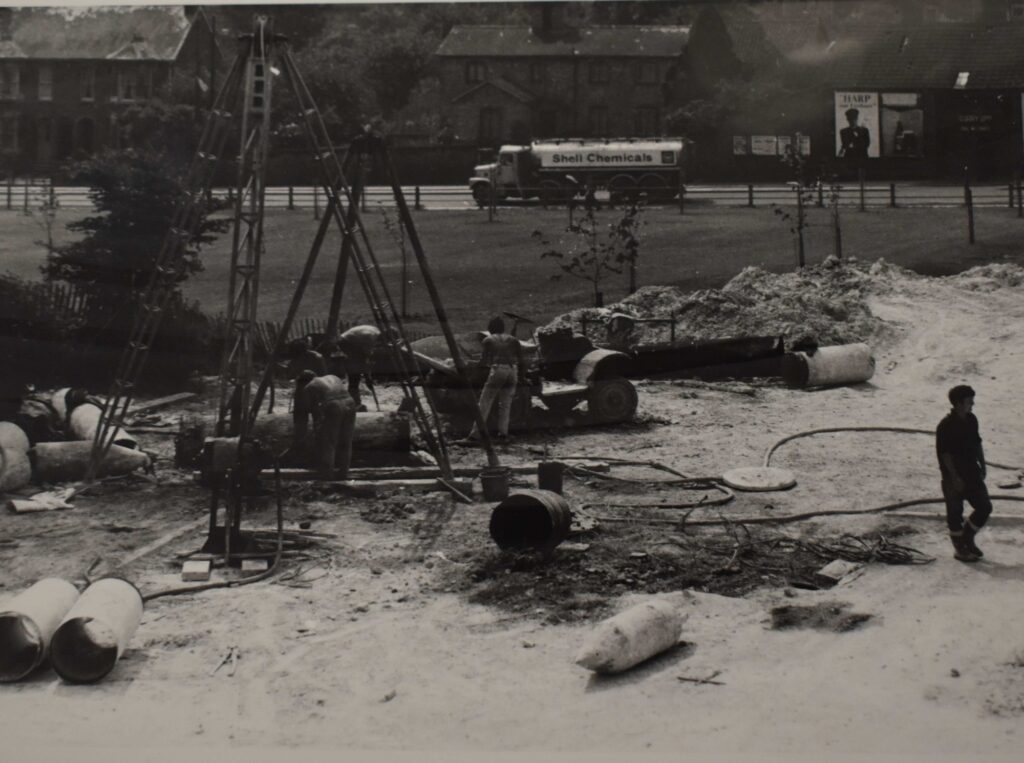
These necessary extensions were expected to double the amount of accommodation available , were delayed for several years, “Many difficulties have contrived to hold up the commencement of the building of the second phase of the College but these have been finally overcome.” And everyone was encouraged to wait it out – “These will be difficulties, no doubt, for Staff and Students alike, but we are sure these will be overcome by patience, goodwill and co-operation.” Eventually completed in 1969. For the duration of this time and after extensive use was made of the Northgate Annex (the former site of the County School since 1964) and it underwent “…extensive maintenance and repair work” to make this suitable.
The disruption during the building work at this time was considerable. One aspect of this was the fact they were “…running two establishments and the continuance of building operations at one.” Indeed, for 3 major centres of evenings courses in town – college, northgate annex and the girls country grammar school, plus smaller centres in town and Barrow and Lavenham . The scale of the work was substantial with “Piling operations at the front of the College … new workshops will be built at the rear. This will be followed by extensive alternations within the existing building. It is then expected that …, the extensions will be completed with a new three storey block and hall at the front of the College.” By 1966 5 new workshops were in use and1967 a new classroom block, refectory and kitchen, sutdents’ common room and hall were in progress. The extensions, which gave the College its present shape and frontage, were opened by C.R.English, Esq., Director-General of the City and Guilds of London Institute, on 11 April, 1969.
“The College endeavours to contribute as much as possible to the satisfaction of the needs and desires of the community for further education in all its aspects.”
1970s
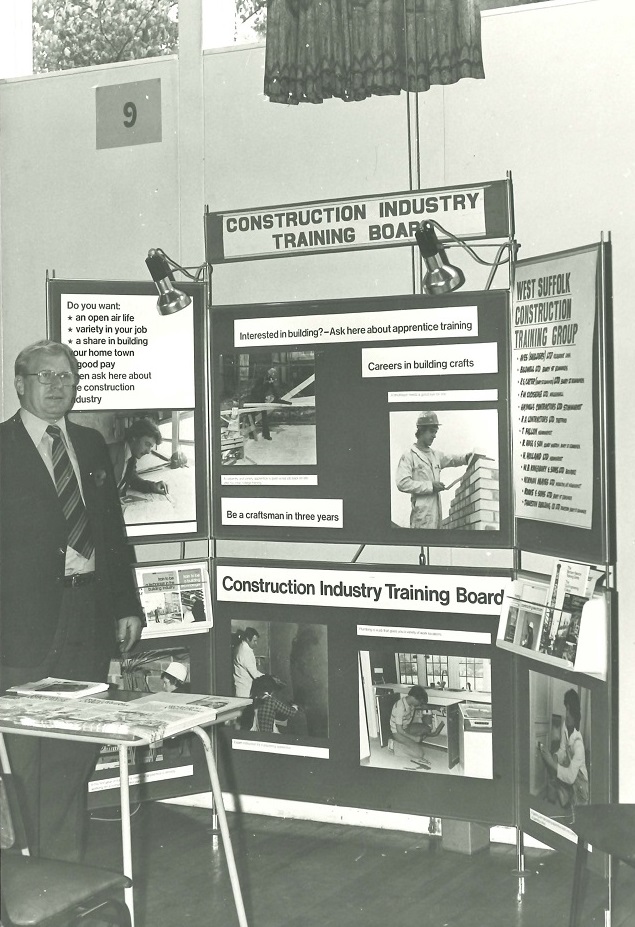
By the 1970s the West Suffolk College is hitting its stride. In 1971 Principal Mr F. J. Phillips is succeed by Principal Mr D.Storey, LL.B. In addition, further buildings are constructed to meet the ever-growing demand – 1970 – The Engineering Training Centre , 1975 The Motor Vehicle Training Centre and 1976 The Construction Training Centre are built.
1980s
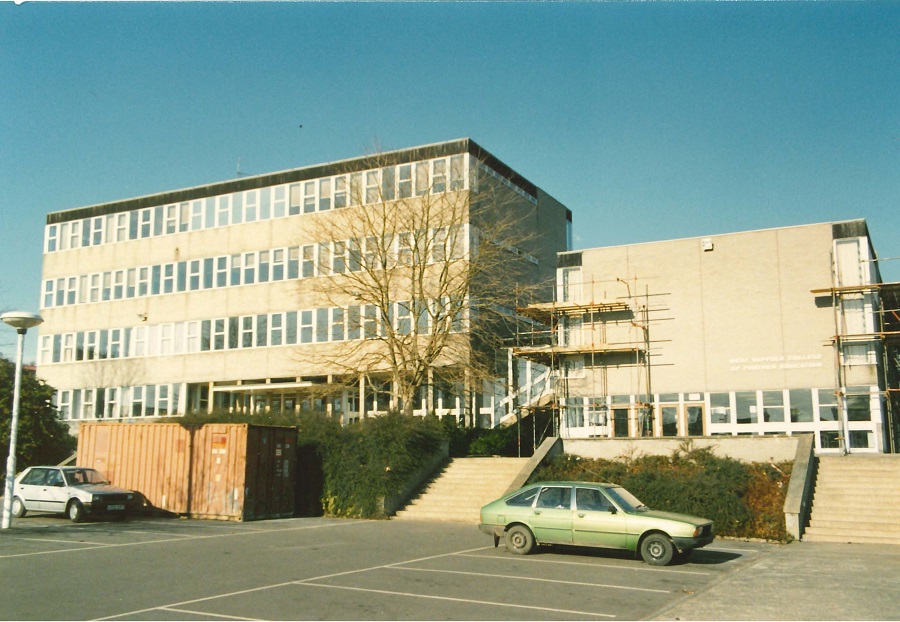
“Whatever your needs, my College will attempt to meet them; with caring and experienced staff, we really have a lot to offer you and a record to prove it.”
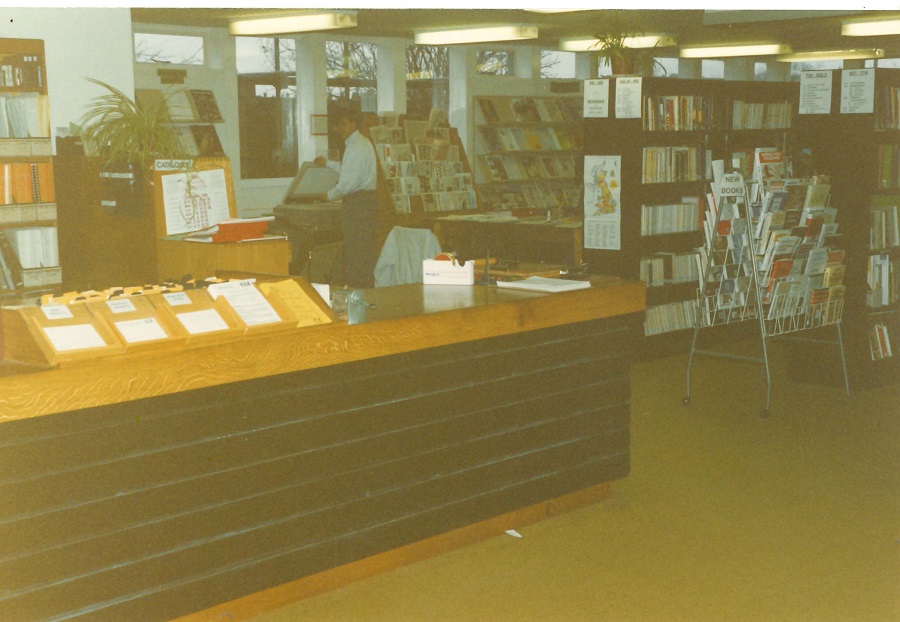
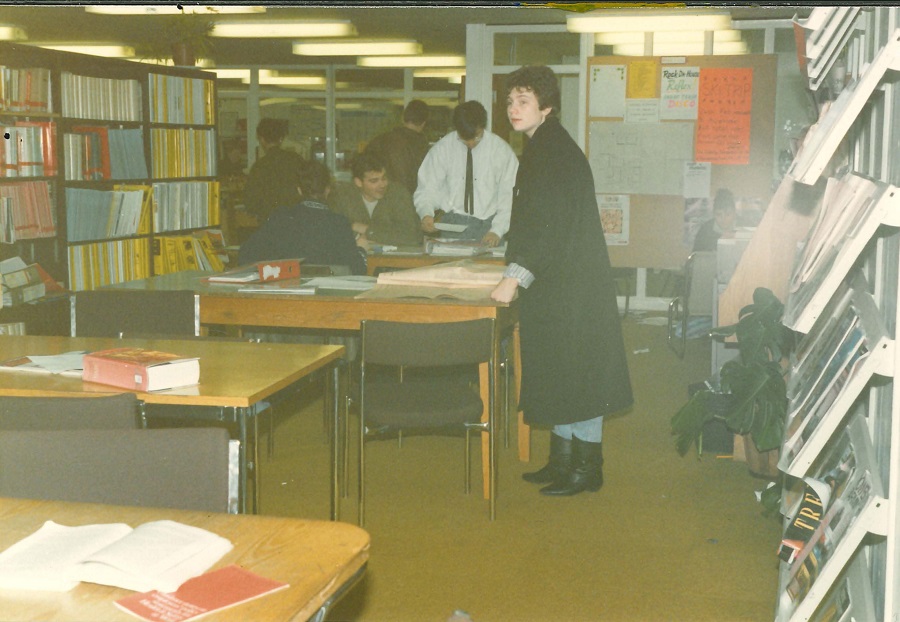
The 1980s, continues the College’s expansion with Australia House being completed in two halves – 1983 Australia House phase 1 for Hairdressing and Beauty training opened and 1988 Australia House phase 2 for catering students was opened . In addition, in 1984 Minden House opened, this was purpose-built accommodation for students with learning difficulties and disabilities built. In 1985, J. M. Shipston becomes Principal replacing D. Storey
1990s
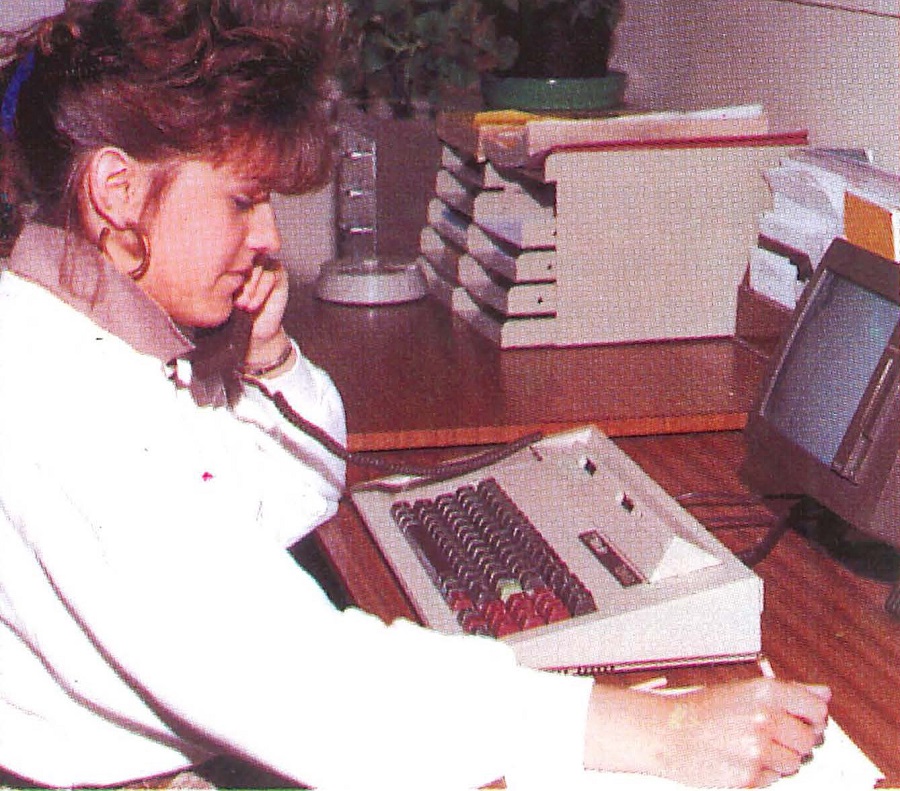
“You join the College at an exciting and challenging time for all of us. During your time here the College will become an independent body, run on similar lines to the companies in which most of you will obtain employment at the end of your course. From the end of 1992 there will be differences also in the European Community and I hope many of you will be able to explore this European dimension while at the College.”
The key events of the early 1990s were the economic recession and changes with the UK’s relationship with the EU and these were reflected in the College’s publications at the time. It also represented a time of continued expansion for the College both in numbers of students, new courses and in building work. By 1994 it had over 1,000 students full time, 3,000 part time and 1,000 adult and continuing education students”. In addition, it developed a HE provision with the West Suffolk College teaching Anglian Polytechnic (later renamed Anglia Ruskin) degree courses on site .
In April 1993, West Suffolk College become an independent corporation (independent of government) and this marked a new era, which the College embraced as a new opportunity, “Since becoming independent, the College has been free to respond directly to the local needs of the 1990s”.
In addition, the site continued to change and be redeveloped. The Flexible Learning Centre – a major addition to library opened September 1991, which included a TV studio and an “IT centre with 20 IMB compatible computers” The new Harvey Frost Centre opened, as well as in 1995 both Australia House and Construction Centre were extended. In 1997 the new Learning Centre and Library complex, Mechatronics centre, students’ common room and drama studio were completed. Finally, in 1999 Phase 1 of the new building programme Gibraltar House – for Humanities, Health and Social Care – was opened by HRH The Duke of Gloucester. The College also continued to expand geographically, with the opening of the Sudbury Local Learning Centre in 1998 and the Thetford Local Learning Centre 1999
Student recreation was well catered for with both Steward Hall and the Rendezvous building which included pool tables, games machines, a juke box and coffee bars.
2000s
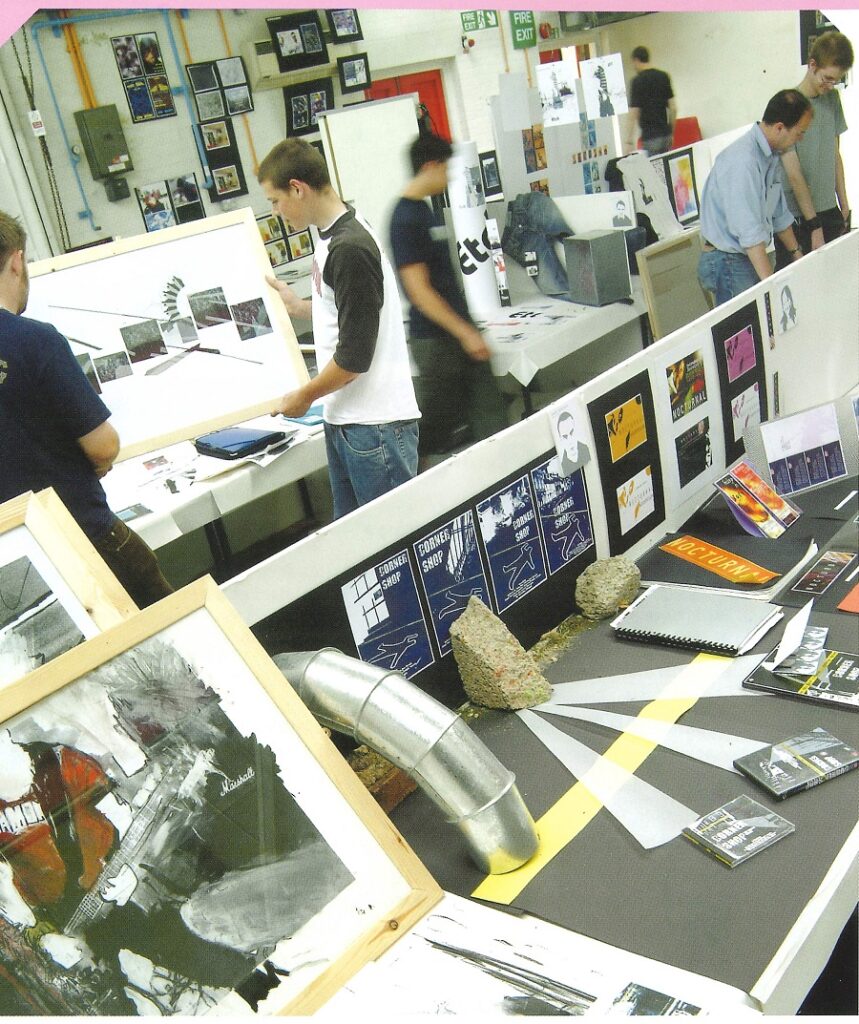
“Unlike universities and many other colleges, West Suffolk College is still a size to sustain a unique identity and a very personal atmosphere.”
In 2003, Nick Foster was replaced by the new Principal Ann Williams. Our physical expansion continued with the opening of the new Sunshine Nursery (replacing the previous building) and by 2003 the College now boasted eight Learning Centres with the opening of the Stowmarket Local Learning Centre in 2001.
In May 2006 West Suffolk College achieves the double becomes both an Ofsted graded Outstanding College and also awarded Beacon status in November 2006.
Although West Suffolk College’s Sports Academy was founded in 1999, this is the decade it really picked up steam. The Academy was a collaboration with the St Edmundsbury Borough Council and Bury Town FC. In September 2001 the Girls Football squad launched in collaboration with Ipswich Town Community Trust and in 2002 the Ruby squad was launched in conjunction with Bury St Edmunds Rugby Club . In 2005, the male football team West Suffolk College FC will start to climb the in the leagues and will eventually become Team Bury FC.
2006
- Grade 1: “Outstanding” across all categories – West Suffolk College (full Ofsted inspection May 2006). files.ofsted.gov.uk
- Beacon Status – national mark of excellence from the Learning & Skills Council (acknowledged in Ofsted and subsequent reports). files.ofsted.gov.uk
2008 – 2009
- Training Quality Standard (TQS) – West Suffolk College accredited in seven vocational areas (initially awarded 2008; confirmed in 2010 Ofsted report). files.ofsted.gov.uk
2010s
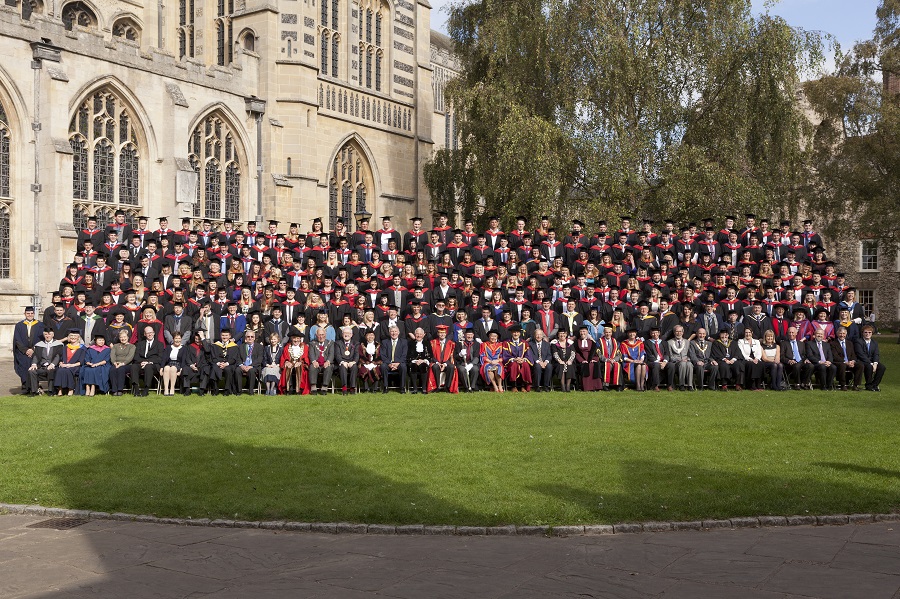
“We are an ambitious vocational and academic College, with a stunning main campus set in the heart of Bury St Edmunds.”
In 2014 Nikos Savvas becomes Principal of the West Suffolk College. This decade also marks the creation of the Eastern College’s Group, later the Eastern Education Group. The West Suffolk College, alongside the Sixth Forms of Suffolk One and Abbeygate. Further geographical expansion occurs with the addition of the new College sites of the STEM Centre (Now UPDC) and the opening of the Milburn Centre (now Built Environment), officially opened in 2012.
2010
- Overall Ofsted grading: Good with “many Outstanding features” – West Suffolk College. files.ofsted.gov.uk
2015
- Ofsted: “Outstanding” – Suffolk One (now One Sixth Form College), full inspection 8 Jun 2015. reports.ofsted.gov.uk
2016
- With the support and assistance of the New Anglia LEP, West Suffolk College has acquired the freehold of the William Vinten Building in Western Way Bury St Edmunds in order to transform it into an Engineering and Innovation Centre which it hopes to open in September 2017. The College acquired the building in January 2016 and for the time being, Vitec Video com Ltd will continue in residence as a tenant of West Suffolk College whilst they relocate to alternative premises and the College prepares its detailed plans for the refurbishment of the site.
2017
- Winner – Best Teaching & Learning Initiative (TES FE Awards) – MARS cross-disciplinary project, West Suffolk College. tes.com
2018
- BTEC College of the Year – One Sixth Form College (Pearson BTEC Awards). pearson.com
2019
- AA College Rosette – Highly Commended – Edmunds Restaurant, West Suffolk College (first success). suffolknews.co.uk
- Silver – FE Lecturer of the Year (Pearson National Teaching Awards) – Nicola Manning, One Sixth Form College. teachingawards.com
- Abbeygate Sixth Form College opens.
2020s
The decade started inauspiciously with the advent of the Covid-19 pandemic, with online teaching and multiple lockdowns.
However, a number of highlights have also occurred – the official opening of the multimillion-pound Extended Reality (XR) Lab in 2023 and the return of the popular free public lecture series the Edmund’s Open Lectures. This decade has also been marked by the achievement of the historic treble – with One Sixth Form College, Abbeygate Sixth Form College and West Suffolk College all graded as Outstanding by Ofsted.

2021
Winner – AoC President’s Award – Ellisha Soanes, West Suffolk College, for pioneering equality, diversity & inclusion work. suffolknews.co.uk
Winner – Careers & Enterprise Company Award for Innovation in Careers & Enterprise (AoC Beacon Awards 2020/21) – West Suffolk College careers team. feweek.co.uk
2022
Ofsted: “Outstanding” – One Sixth Form College (inspection 26 Apr 2022). reports.ofsted.gov.uk
AA College Rosette – Highly Commended – Edmunds Restaurant, West Suffolk College (retained from 2019). suffolknews.co.uk
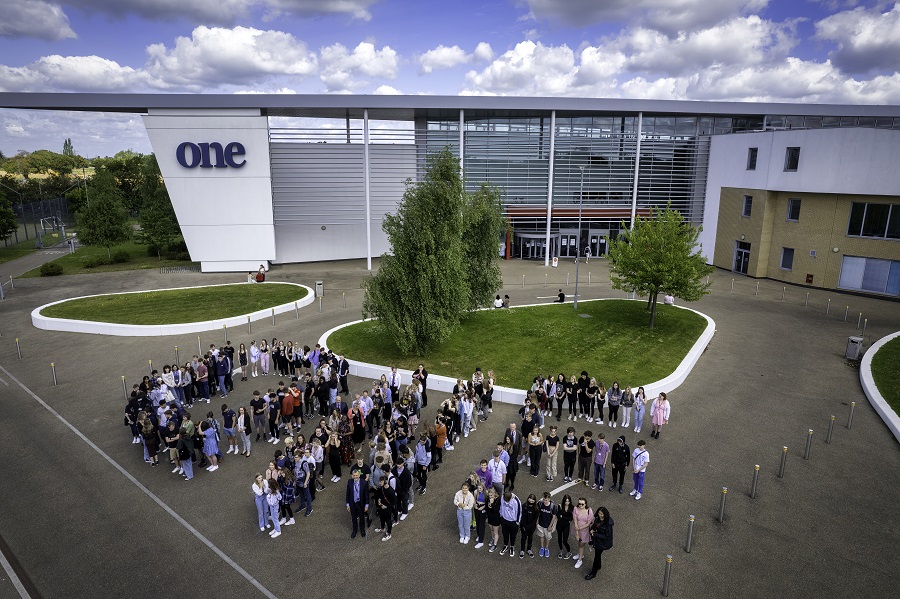
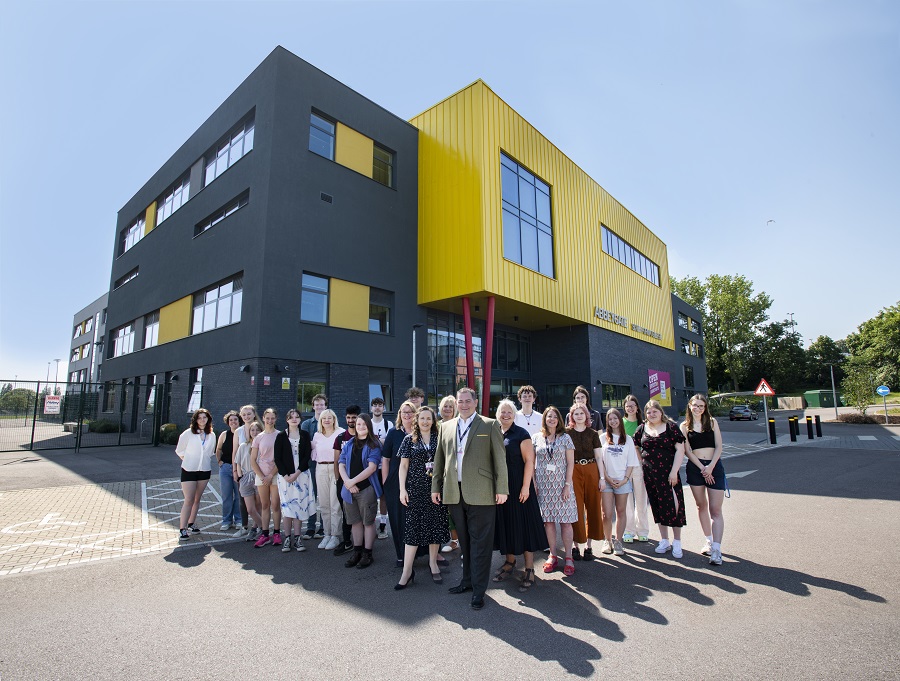
2023
Ofsted: “Outstanding” (first full inspection) – Abbeygate Sixth Form College. reports.ofsted.gov.uk
Highly Commended – Student Volunteer of the Year (Good for Me Good for FE Awards) – Mariia Yakymenko, Abbeygate Sixth Form College. suffolknews.co.uk
HRH Princess Royal officially opens North Cambridgeshire Training Centre in November 2023. cambstimes.co.uk
2024
Winner – Inspiring Learning Space of the Year (Education Estates Awards) – EEG’s Extended Reality (XR) Lab. easterneducationgroup.ac.uk
Winner – Business Leader of the Year (West Suffolk Business Awards) – Dr Nikos Savvas, CEO, Eastern Education Group. suffolknews.co.uk
Highly Commended – Green / Environment Award (West Suffolk Business Awards) – Eastern Education Group / West Suffolk College. burybusinessawards.co.uk
Ofsted: “Outstanding” (full inspection) – West Suffolk College, report published 18 Dec 2024. reports.ofsted.gov.uk | West Suffolk College graded ‘outstanding’ in exceptional Ofsted report – Eastern Education Group
SENDAT acquired as part of the Eastern Education Group and incorporated into the Group’s SEND offering
In June 2024, Dr Nikos Savvas, CEO of Eastern Education Group, is appointed Deputy Lieutenant for Suffolk after contributions to Suffolk’s education sector. suffolknews.co.uk
Haverhill Learning Centre opens its new Learning Centre, relocating from its old base on the site of a former school to Provincial House in the town’s High Street. westsuffolk.gov.uk
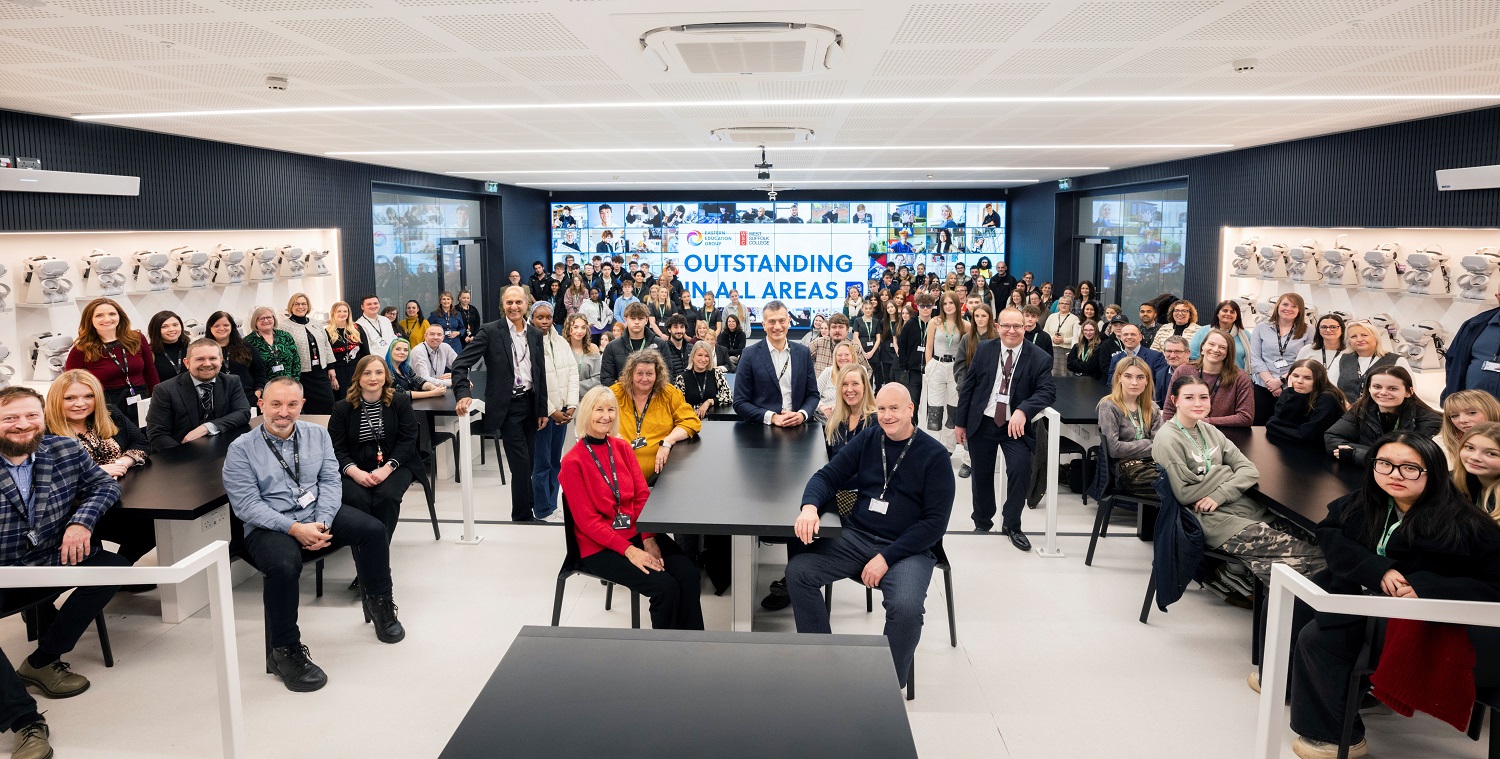

2025
Exning Primary School joins Eastern Education Group.
Finalist – Sustainable Energy First Award for Education for Sustainable Development (AoC Beacon Awards 2024/25) – West Suffolk College. aoc.co.uk
Highly Commended – AA College Rosette – Edmunds Restaurant, West Suffolk College (third consecutive recognition). easterneducationgroup.ac.uk
Our Students
14,170 learners as of June 2025
- One Sixth Form College: 2,225 students
- West Suffolk College Sixth Form:
- 3,407 full time students
- 1,870 apprentices
- 129 Elective Home Educated students
- Abbeygate Sixth Form College: 1,088 students
- University and Professional Development
- Adult Learners: 4,976 students
- Higher Education: 247 students
- Exning Primary School: 228 students
